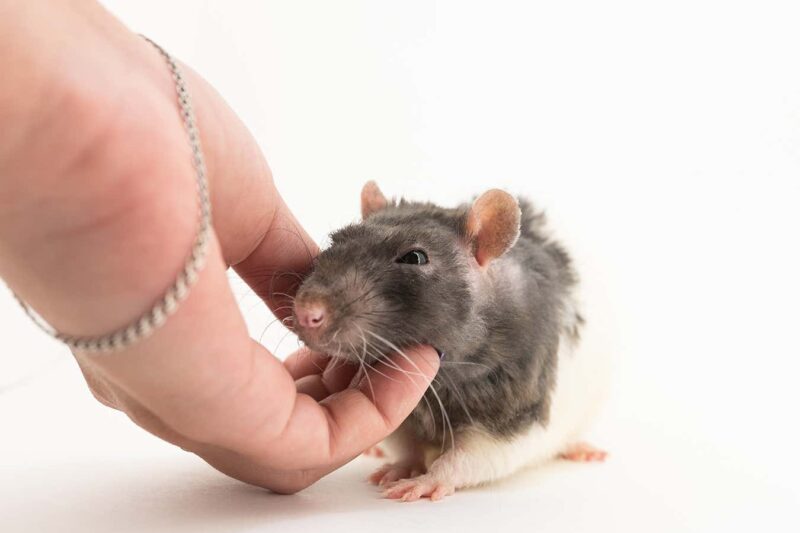Rats have a “laugh centre” in their midbrain that is activated when they are tickled or engaged in play behaviors, according to researchers. In 2016, scientists discovered that tickling rats on their belly and back made them squeak with laughter. This laughter, however, is too high-pitched for humans to hear but can be recorded and played back at a lower register.
Michael Brecht, a researcher at the Humboldt University of Berlin, explains that rats are ticklish and playful animals. Contrary to common belief, play behaviors are not childish or simple. Brecht’s earlier work has shown that rats are capable of playing hide-and-seek.
However, the reasons why humans and rats share the ability to laugh and play are still not well understood. To investigate further, researchers examined the brain activity of rats during tickling. They wanted to identify the regions of the brain that are responsible for laughter and playfulness.
In the study, the rats were allowed to settle in the lab for a few days to minimize stress. Researchers then tickled the rats on their backs and bellies while recording their vocalizations. They also observed brain cell activity with implanted electrodes while the rats engaged in play and socialized with each other.
The researchers discovered that an area in the midbrain, called the periaqueductal grey, was particularly active during laughter. Inhibiting the function in this brain region with specialized drugs resulted in the rats playing less and laughing less often.
When the rats were placed in stressful situations, they also showed reduced laughter and playfulness, similar to when their periaqueductal grey was inhibited. The brain activity in this region decreased, and the rats were less likely to play with each other.
Previous research has indicated that the periaqueductal grey plays a vital role in controlling vocalizations, which may explain why it is highly active during laughter. Brecht plans to investigate if this pattern holds true in other playful mammals.








